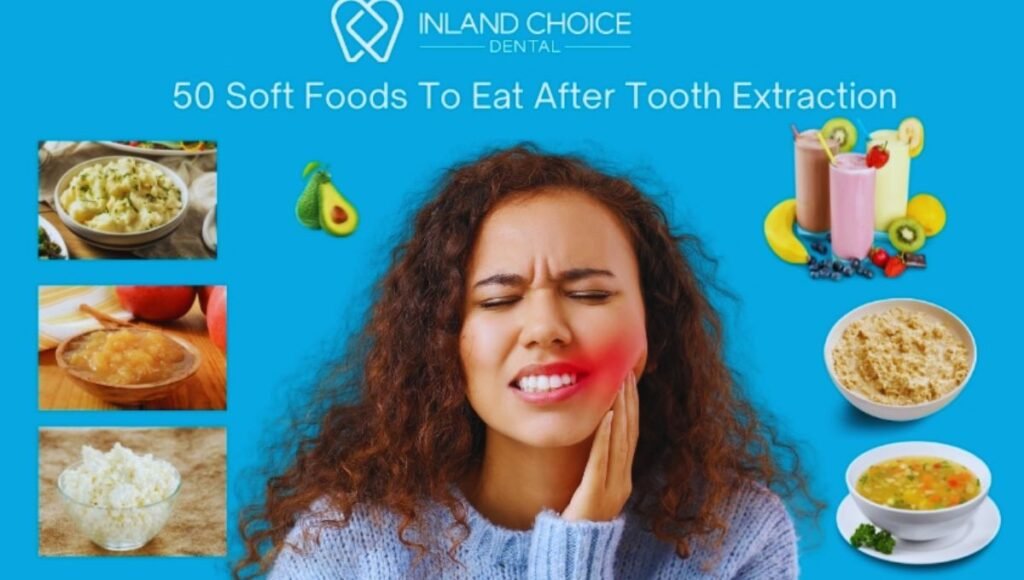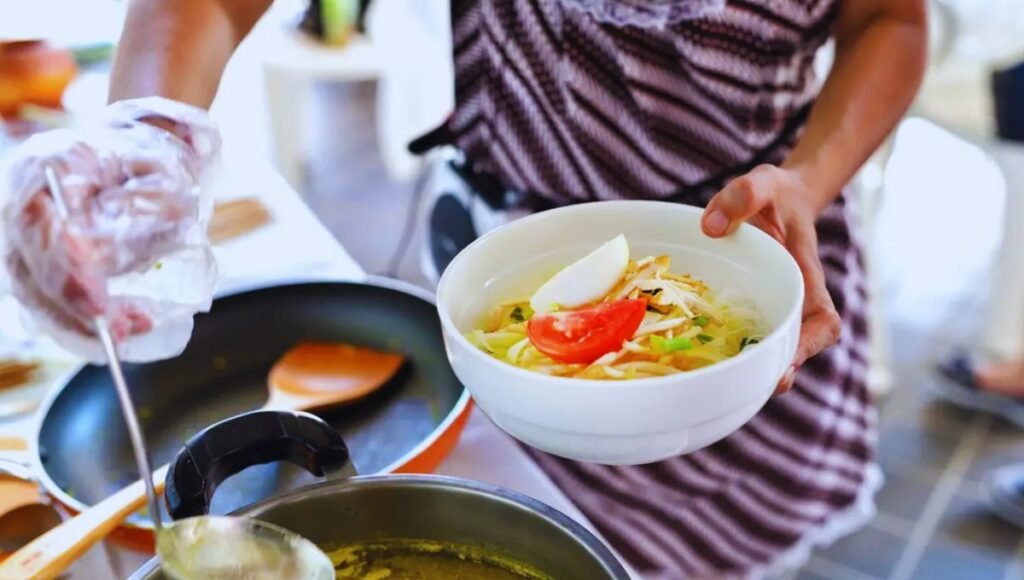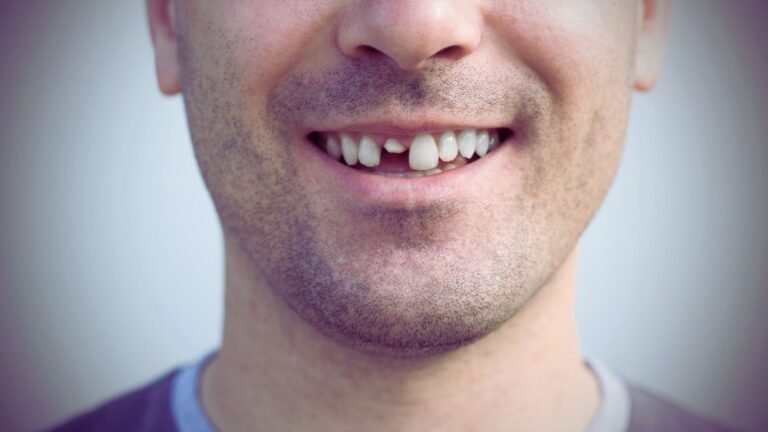Can I Eat Chicken Noodle Soup After Tooth Extraction
You might wonder whether chicken noodle soup is a safe choice after your tooth extraction. It’s generally a comforting and nutritious option, but there are some precautions you should consider. The warmth and soft texture make it a candidate for your post-extraction meal plan, yet the temperature and consistency require careful attention to avoid aggravating the wound. Let’s explore how you can modify this classic dish to meet your needs during recovery.
What adjustments are necessary to enjoy your soup without impeding the healing process? Stick around to uncover the essential tips that guarantee your post-surgery meals are both safe and satisfying.
Benefits of Chicken Noodle Soup

While chicken noodle soup is often seen as a comfort food, it also provides essential nutrients that can aid in recovery after tooth extraction. The healing properties of this soup aren’t just folklore; they’re supported by its gentle, soothing texture and warmth, which can help reduce swelling and promote healing in your mouth.
You’re likely aware of how challenging eating can be after dental surgery. The soft noodles and tender pieces of chicken in the soup require minimal chewing, easing your eating process when your mouth is sensitive. This can help you maintain a nutrient-rich diet even when harder foods are off the table.
Additionally, the warmth of the soup serves to soothe the discomfort that often accompanies a tooth extraction. The broth in chicken noodle soup is hydrating and can help keep your mucous membranes moist, which is essential for healing.
It’s also packed with flavor that can be comforting when you’re feeling unwell, making it not only a practical choice but a psychologically uplifting one as well. Opting for chicken noodle soup after tooth extraction can be a wise decision, providing both physical comfort and emotional solace during your recovery.
Nutritional Considerations Post-Extraction
After a tooth extraction, it’s vital to prioritize nutrient-rich foods that aid healing and support your overall health. You’ll want to focus on soft foods that are easy to consume and packed with nutrition to assist the healing process. Chicken noodle soup, for example, offers a comforting blend of protein, vitamins, and minerals while being gentle on your surgical site.
Incorporating a variety of soft foods into your diet can enhance the healing process.
Here’s a quick guide on what to include:
| Food Type | Benefits |
|---|---|
| Broths | Hydrates and provides minerals necessary for recovery |
| Smoothies | Packs a nutrient-packed punch with customizable options |
| Mashed Potatoes | Provides energy through carbohydrates without requiring much chewing |
| Yogurt | Supplies probiotics and protein, supporting gut health and tissue repair |
It is crucial to make sure these foods are neither too hot nor too cold to avoid irritating the extraction site. Your diet plays a vital role in your recovery, so maintaining a balanced intake of proteins, vitamins, and minerals is essential. This personalized approach not only accelerates your recovery but also keeps you nourished without causing additional strain on your healing gums.
Potential Risks and Complications
You should be mindful of potential risks and complications that can arise from eating chicken noodle soup too soon after a tooth extraction. While generally mild and easy to consume, this comfort food might pose certain risks if introduced too early in the recovery phase.
Here’s what you need to keep in mind to safeguard your healing process and ensure infection prevention:
- Temperature Sensitivity: Hot soup can irritate the extraction site. Consuming it before the area is sufficiently healed might lead to discomfort and delay the healing process.
- Broth Composition: Some broths contain high levels of sodium or spices that can provoke the sensitive area, potentially leading to irritation or an inflammatory response.
- Noodle Challenges: Although soft, noodles require some degree of chewing which can exert pressure on the healing socket, risking the dislodgment of the blood clot that’s essential for healing.
- Particle Entrapment: Small particles from chicken or vegetables in the soup can become lodged in the extraction site, which might complicate the healing process and increase the risk of infection.
It’s important to keep these factors in mind when deciding the right time to reintroduce such meals into your diet after dental surgery. Always follow your dentist’s advice tailored to your specific recovery scenario.

How to Modify Your Soup
To secure a safe and calming recovery, consider modifying your chicken noodle soup by following these specific steps. First, focus on the soup consistency. It’s crucial that the broth is smooth and free from large pieces of vegetables or meat that could potentially irritate the extraction site. You might want to blend or strain the soup to achieve a finer texture, making it easier to consume without excessive chewing.
Next, let’s talk about flavor additions. While you’re healing, it’s vital to avoid spices that could exacerbate the wound, such as chili or pepper. However, you can enhance the taste without these ingredients.
Try adding herbs like thyme or parsley, which are gentle on the mouth but enhance the soup’s flavor profile. Milder spices like turmeric can also be beneficial, not only for taste but for their anti-inflammatory properties, which are ideal during recovery.
Ideal Timing for Consumption
Now that your soup is prepared with the right texture and flavor, it’s important to think about when to eat it for best healing. Timing your meals correctly can greatly impact your recovery period and pain management.
Here are some tips on the ideal timing for consuming your chicken noodle soup after tooth extraction:
- Immediately Post-Extraction: Wait at least a couple of hours after your surgery before trying to eat. This allows the anesthesia to wear off, reducing the risk of biting your cheek or tongue.
- First 24 Hours: Consume your soup lukewarm, not hot, to avoid irritating the extraction site. Sipping gently rather than using a spoon can also help minimize contact with the sore area.
- Days 2-3: Continue with soft foods like your modified chicken noodle soup. You can start to incorporate slightly warmer foods as your pain decreases and healing progresses.
- One Week Post-Extraction: Reassess your comfort and healing. If swelling and sensitivity have decreased significantly, you might start reintroducing more solid foods according to your eating schedule and meal planning.
Adhering to these guidelines ensures that your soup aids in your recovery without causing additional discomfort or complications.
Frequently Asked Questions
Can Spices in Soup Irritate a Fresh Extraction Site?
Yes, spices in soup can irritate a fresh extraction site, potentially disrupting your healing process. Consider broth options that suit your spice sensitivity and dietary restrictions to guarantee a smoother recovery.
Is Blending the Soup Necessary for Safety?
You don’t need to blend the soup unless you find it difficult to chew. However, avoid spicy soups as they can irritate the extraction site. Stick to milder flavors for safety.
What Alternatives to Noodles Are Less Chewy?
For less chewy alternatives in your soup, consider soft foods like mashed potatoes, well-cooked rice, or finely chopped vegetables. These options offer easy-to-chew meals without the need for noodles.
Can I Use Chicken Broth Instead of Whole Chicken?
Yes, you can use chicken broth instead of whole chicken. It’ll suit your taste preferences and simplify preparation. Broth provides flavor without the need to chew, which is ideal for post-surgery meals.
How Long Should I Wait Before Reheating Soup?
You should wait until the soup reaches room temperature before reheating. Confirm it’s heated thoroughly. Eating soft foods during your recovery period is important, and properly heated soup aids in a smoother recovery.
Conclusion
To sum up, you can enjoy chicken noodle soup after your tooth extraction if you make a few adjustments. Make sure the soup is blended to a smooth consistency and served warm, not hot, to avoid irritating the extraction site. Stick to consuming it after the initial 24 hours post-procedure to allow initial healing.
By following these guidelines, this wholesome meal won’t only comfort you but also support your recovery without causing any additional complications.
